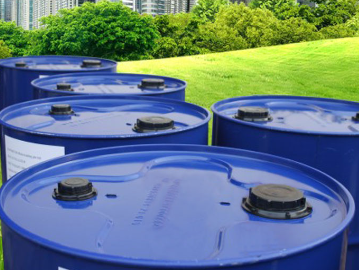
Silicone rubber is a versatile material known for its flexibility, durability, and heat resistance. It is widely used in various industries for different applications, ranging from industrial to medical and consumer products. In recent years, silicone rubber has been used in innovative ways that have expanded its capabilities and potential. Here are some of the most innovative uses for silicone rubber:
1. 3D Printing: Silicone rubber has been used in the field of additive manufacturing, particularly in 3D printing. This type of printing allows for the creation of complex designs and shapes that are not possible with traditional methods. Silicone rubber is ideal for 3D printing due to its flexibility and ability to conform to various shapes and structures.
2. Soft Robotics: Silicone rubber is also used in soft robotics, a field that focuses on creating robots with soft, flexible materials that can mimic human movements. Silicone rubber is an ideal material for soft robots as it can bend, stretch, and deform without losing its mechanical properties. It also provides a smooth and soft touch, making it suitable for applications in human-robot interactions.
3. Medical Devices: Silicone rubber is commonly used in medical devices and equipment due to its biocompatibility and resistance to body fluids. It is used in products such as medical implants, catheters, prosthetics, and wound dressings. In recent years, silicone rubber has been used in innovative medical devices, such as flexible sensors for monitoring vital signs and smart patches for drug delivery.
4. Wearable Technology: Silicone rubber is a popular material for wearable technology devices, such as smartwatches, fitness trackers, and earbuds. Its flexibility, durability, and skin-friendly properties make it comfortable to wear for extended periods. Silicone rubber is also used in wearable sensors that can monitor various health parameters, such as heart rate, temperature, and hydration levels.
5. Energy Harvesting: Silicone rubber has been used in energy harvesting devices that convert mechanical energy into electrical energy. This technology is used in applications such as self-powered sensors, wearable devices, and wireless communication systems. Silicone rubber can deform and generate electricity when subjected to mechanical stress, making it a promising material for energy harvesting.
6. Solar Panels: Silicone rubber is used in the manufacturing of solar panels as an encapsulant material to protect the solar cells from environmental factors. Silicone rubber provides an excellent barrier against moisture, UV radiation, and thermal cycling, ensuring the long-term performance of solar panels. It also allows for the flexibility of the panels, making them suitable for curved surfaces and architectural integration.
7. Food Contact Applications: Silicone rubber is widely used in food contact applications due to its inert and non-toxic properties. It is used in products such as baking mats, kitchen utensils, and food storage containers. Silicone rubber can withstand high temperatures, making it suitable for baking and cooking at home. It is also easy to clean and resistant to staining, making it a hygienic choice for food contact surfaces.
In conclusion, silicone rubber is a versatile material that is being used in innovative ways across various industries. Its flexibility, durability, and biocompatibility make it suitable for a wide range of applications, from 3D printing and soft robotics to medical devices and wearable technology. As research and development in silicone rubber continue to advance, we can expect to see even more innovative uses for this remarkable material in the future.